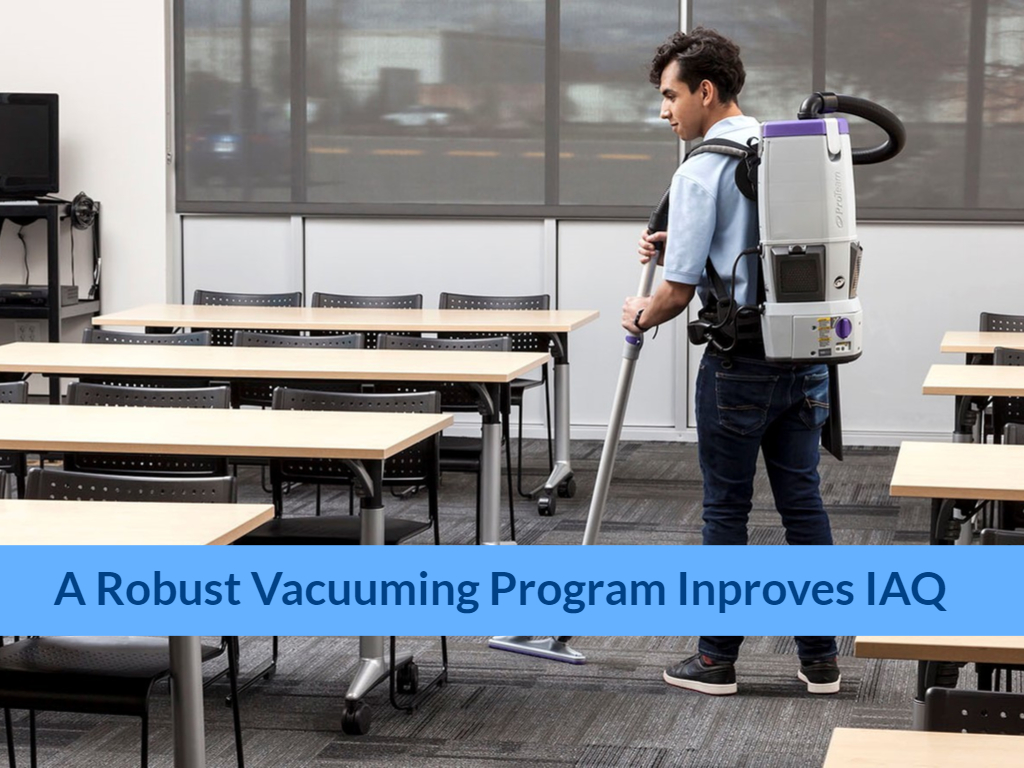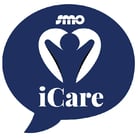

Carpeting has many great advantages. It's pleasant to walk upon. It's available in many colors and textures. Carpeting is very versatile and can be used within a wide range of building types and environments. However, on the negative side, carpeting can be a prodigious repository for dirt, dust, allergens, and other contaminates. Without a robust vacuuming program, carpeting can be a prime source of allergies and other air-borne illnesses for the occupants of any facility.
As a cleaning operation, one of your best tools in the fight against this problem is----the vacuum. What does a "robust vacuuming program" look like? Here are a few proven best-practices that will help you keep your carpeting in a healthy state.
Use the Appropriate Type of Vacuum
Not all vacuums are created equal. Many standard vacuums will actually cast contaminates and allergens back into the air to be reabsorbed into the carpeting. The use of HEPA-filter vacuums will trap those contaminates during the vacuuming process. Make sure to select a vacuum that has actually been certified as HEPA compliant. Make sure to follow all manufacturer instructions related to vacuum maintenance, filter replacement, etc.
The investment in a HEPA certified vacuum will pay dividends in the health of your facility and its occupants. HEPA vacuums typically provide a very good return on investment.
Technique is Everything
To fully capitalize on the benefits of a HEPA vacuum the proper vacuuming techniques must be employed. Maximum removal of embedded contaminates will require that the operator make several passes over the carpet and to work in a pattern that will insure that the entire area has been treated. The operator should work at a consistent speed across the entire surface.
Some areas of your carpeting are naturally exposed to more foot traffic and outside air flow than others. For maximum effect those areas may need to be vacuumed on a more frequent schedule.
Document Your Vacuuming Program
Any program worth having is worth documenting. Make sure that your vacuuming program is documented and that it clearly describes all of your requirements related to: equipment, tools, techniques, schedules, inspections, training, etc. Conduct periodic audits to ensure compliance with your program and take quick corrective measure when necessary. Revisit your program on an annual basis to make sure that its contents are in line with current best-practices.
A robust vacuuming program will not only keep your carpeting clean it will also help maintain healthy air quality within your facility.
For more information on effective commercial carpet cleaning please refer to a previous post:
3 Keys to an Effective Commercial Carpet Cleaning Program



.jpg?width=220&height=135&name=Blog%20Listing%20Image%20(14).jpg)
.jpg?width=220&height=135&name=Blog%20Listing%20Image%20(13).jpg)

.png?width=180&height=138&name=Untitled%20design%20(25).png)


